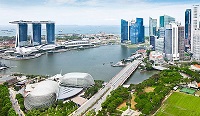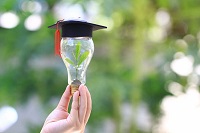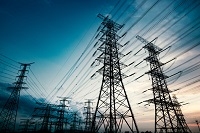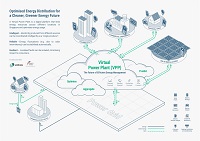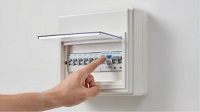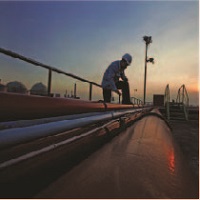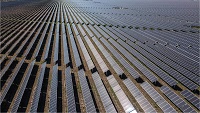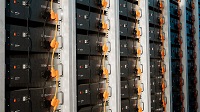For more information, please refer to:
Media Releases
24 Oct 2023
- The EMA is granting Conditional Approval to Sembcorp Utilities Pte Ltd (SCU), a wholly-owned subsidiary of Sembcorp Industries Ltd, to import 1.2 GW of low-carbon electricity from Vietnam to Singapore. Based on SCU’s proposal, the imported electricity will harness offshore wind power and potentially other forms of generation, to be developed with Petrovietnam Technical Services Corporation (PTSC). It will be transmitted from Vietnam to Singapore via new subsea cables that will span a distance of around 1,000km.
- The Conditional Approval recognises that the project is preliminarily assessed by EMA to be technically and commercially viable. It facilitates SCU in obtaining necessary regulatory approvals and licences for the project. It also builds on the offshore wind site survey permit approval and Letter of Intent issued to the SCU-PTSC Consortium by the Vietnam and Singapore governments respectively in August 2023.
- The progress made on this project is a positive development arising from the Memorandum of Understanding (MOU) on Energy Cooperation between Vietnam and Singapore, signed in October 2022, which reaffirmed both countries' commitment to support and facilitate clean energy transition efforts and regional decarbonisation, including greater cross-border electricity trading.
- On 25 October 2021, Minister for Trade and Industry Gan Kim Yong announced Singapore’s plans to import up to 4 GW of low-carbon electricity by 2035. To date, EMA has granted Conditional Approvals to projects from various sources, comprising 2 GW from Indonesia, 1 GW from Cambodia and 1.2 GW from Vietnam. If realised, these projects will collectively tap on a diverse mix of solar energy, hydropower, and wind power.
- To ensure reliability of supply, EMA has been working with importers to put in place sufficient safeguards against any prolonged supply disruptions. EMA will also continue to explore low-carbon alternatives such as geothermal, hydrogen and technologies such as carbon capture and storage to ensure that the power system remains secure, reliable and sustainable.
Annex A: Information on the Singapore Energy Transition
Annex B: How Does the Request-for-Proposal Process Work?
